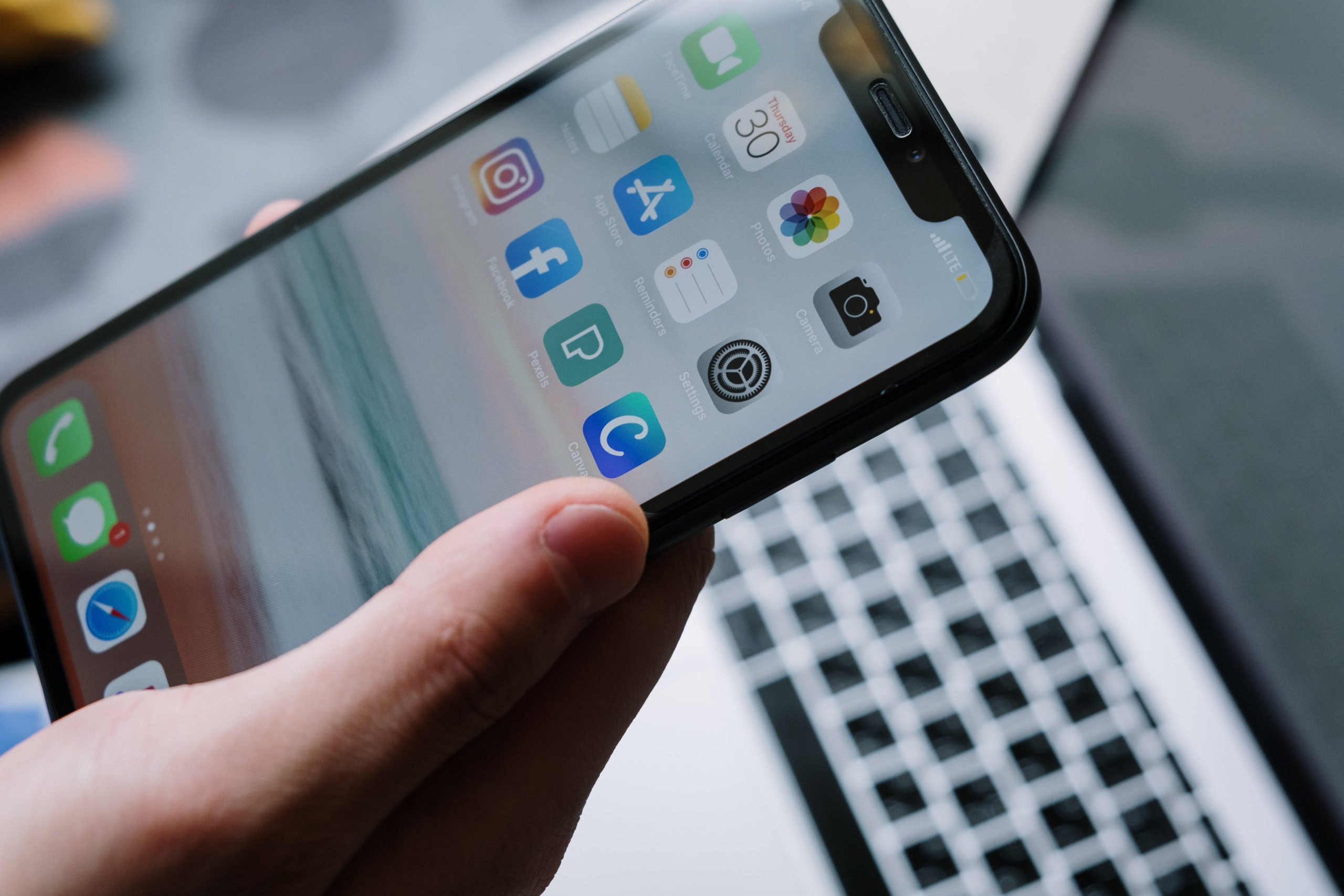Today, it’s impossible to imagine life without smartphones. Thanks to these gadgets, we get news updates, make payments in stores, communicate, entertain ourselves, and store important information. Smartphones simplify our daily lives by automating many routine tasks.
However, with the advancement of technology comes an increased risk of data loss, including a rise in the number and variety of malicious software.
In general, malicious software (malware) is software that, when executed, can damage equipment in various ways, including:
Blocking equipment and rendering it unusable: Making the device incapable of functioning.
Theft, deletion, or encryption of data: Stealing, deleting, or encrypting data.
Using the device to attack other devices: Employing your device to launch attacks on other systems.
Obtaining information about credentials: Gaining access to accounts or services you use.
Using paid services based on your data: For instance, making calls to premium-rate numbers.
Examining the concept of malicious software, we can identify the main functions it performs on mobile devices, including stealing passwords from email accounts, social media accounts, or banking applications, gaining access to messaging services, and destroying information.
Malware is spread through:
Emails with dangerous attachments or links: Malicious emails can contain attachments or links that install malware.
Exploiting vulnerabilities in messaging apps: Attackers may exploit flaws in these apps to distribute malware.
Downloading apps from unofficial sources: Apps from unofficial sources may contain malware.
Overall, the goal of attackers using malware is to steal data or gain control over users with subsequent criminal intentions.
Today, Data Loss in the Digital World Can Have Real Consequences.
In today’s world, data loss can have very real consequences. Especially during wartime, “sensitive” information regarding military matters holds particular importance for our adversaries.
In general, the data that can be extracted from a smartphone can be roughly categorized into:
Data Collected by Major Corporations: (Carefully read the terms of the user license) – This type of data leakage is the least harmful. The goal of collecting such data is usually to optimize advertising, suggesting products that users are more likely to buy.
Alternatively, data may be collected for generating system reports, which are often needed to optimize device or software performance.
Data Collected by Intelligence Agencies: This may involve using traffic linkage systems (e.g., linking personal information, mobile numbers, residential addresses, property, vehicles, bank accounts, credit history, and customer cards) or software. Android devices are more vulnerable than iOS devices, but if intelligence agencies are collecting data, it doesn’t matter which device you use.
Data Targeted by Fraudsters: This is aimed at obtaining credit card details or bank accounts for the purpose of stealing money.
How to Detect Malware on Smartphones and Prevent Data Leaks.
Device Performance and Temperature: Pay attention to your device’s performance and temperature. If your smartphone overheats while just lying in your pocket, it may indicate that you have become a victim of malware and processes running without your knowledge.
Be Cautious with Messaging Apps: Avoid clicking on advertisements or suspicious links and do not communicate with unfamiliar, intrusive individuals.
Wi-Fi Networks: Free, unprotected Wi-Fi should immediately raise suspicion (it’s often used to steal your data). Frequent fluctuations in your Wi-Fi signal might indicate attempts to intercept your traffic. In such cases, disconnect from the network.
To prevent data leaks, follow these guidelines:
Maintain Digital Security and Hygiene: Avoid leaving your data in various applications and resources if unnecessary. Do not use third-party apps, only use official sources for app downloads, regularly update your device’s operating system, and always read the terms and privacy policies when installing applications.
Regardless of the type of information third parties wish to obtain, you should prevent any data leaks.




